History of Agriculture in the Adirondacks
Indigenous people have been growing food, hunting, and fishing in the Adirondack region for over 10,000 years. Many different groups of people lived in and used the region as hunting and gathering grounds, making up the Haudenosaunee (Iroquois) Confederacy including the Seneca, Cayuga, Oneida, Onondaga, and Mohawk nations. After the French and Indian War during the 1770s settlers began to make the Champlain Valley home, first in what is now Essex County. During the early 1800s, most farms in the region were sustenance farms and primarily served to feed families and produce a few products to be sold for income. They generally had a milk cow, pigs, chickens, and large garden that focused on short-season plants like peas and lettuce, and storage crops like potatoes, beets, and carrots.
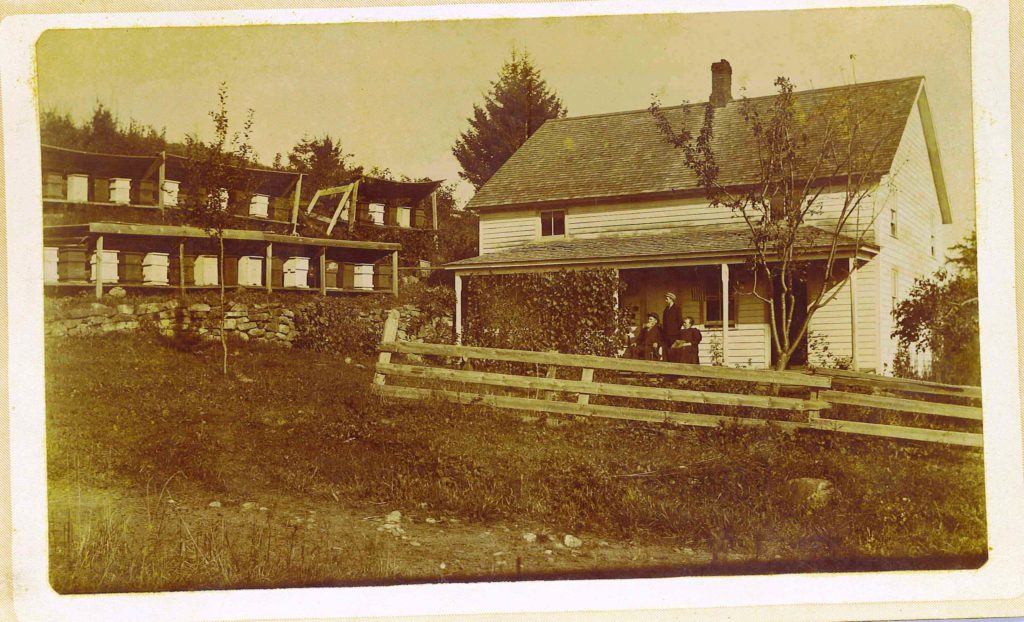

Due to the availability of crops from all over the country in large markets and the rise in farming technology in the late 1800s Adirondack farms followed the national trend and shifted from subsistence farming toward more economic models. Through the 1860s increased demand for dairy cattle from British landowners sparked a rise in the dairy industry in New York State, which still is the dominant agricultural industry in the region today.
During the “Green Revolution” after World War II farms across the country started to focus on production and use new technology. In the Adirondacks, farms started to utilize hoop houses, row covers, and drip irrigation to extend the growing season and grow crops more efficiently.

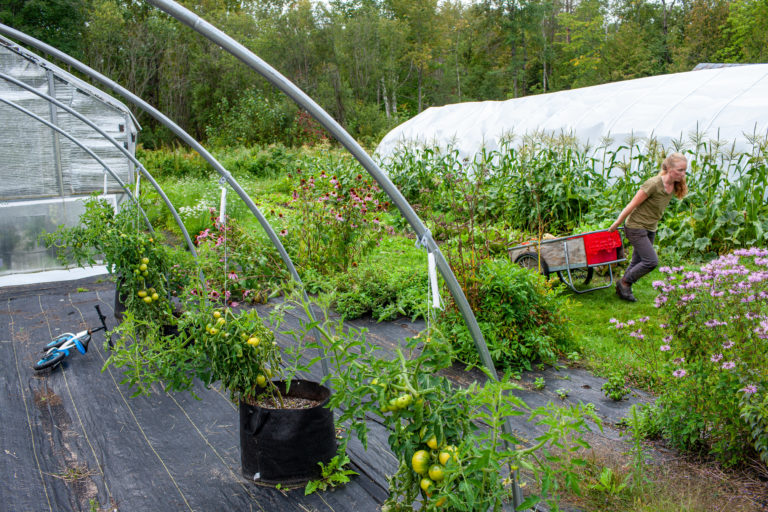
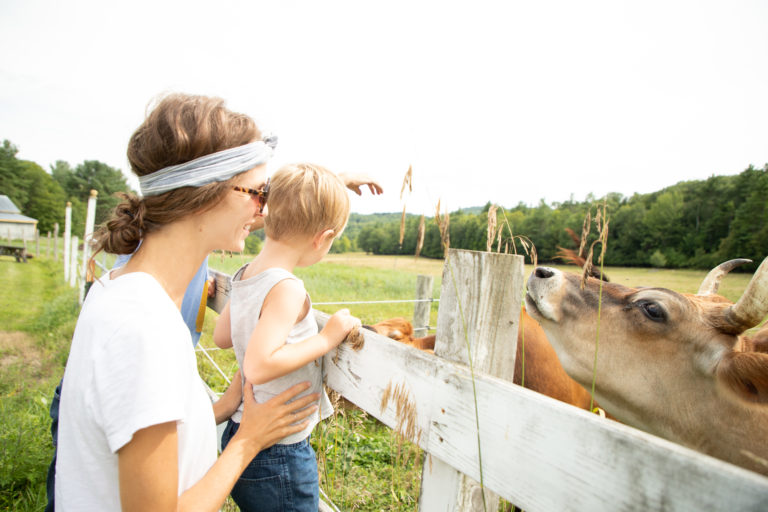
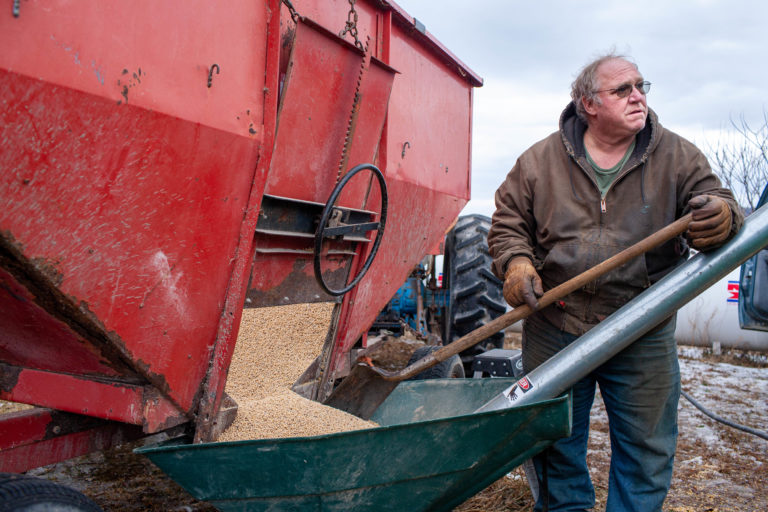
Farming in the Adirondacks Today
Today, dairy is still the primary agricultural industry in the region, with over 20,000 dairy cows producing 42 million gallons of milk a year. However, that sector is shrinking, and there is significant growth in vegetable, beef, and grain farms in the area.
There are approximately 1,300 farms in the Adirondack Park, which accounts for 6% of the total market share for agricultural products in New York State. There are 57,600 acres of farmland in Essex County, the primary agricultural area in the Adirondack Park, but there has been a downward trend in working land and a 75 percent decrease in farmland since World War II.
About the Adirondack Region Agriculture Market
In Essex County, a significant portion of farm sales are made through direct marketing. Many farms connect with their customers through Community Supported Agriculture shares (CSA’s), selling at markets, farm stores, and offering delivery, pick-up, and online ordering.
69 Percent of Essex County farms are small, with sales less than $20,000 per year. 29 Percent of farms are medium size, with sales between $20,000 and $499,999 per year. Only 2 percent of farms in the region have sales above $500,000 per year. These farms contribute to about $13.5 million in revenue and employ over 800 people in the county. In Essex County, a significant portion of farm sales are made through direct marketing. Many farms connect with their customers through Community Supported Agriculture shares (CSA’s), selling at markets, farm stores, and offering delivery, pick-up, and online ordering.
69 Percent of Essex County farms are small, with sales less than $20,000 per year. 29 Percent of farms are medium size, with sales between $20,000 and $499,999 per year. Only 2 percent of farms in the region have sales above $500,000 per year. These farms contribute to about $13.5 million in revenue and employ over 800 people in the county.
Learn More About the Adirondacks
The Adirondack Park is a State Park in Upstate New York made of both public and private land. A park boundary was formalized in 1892 by the State of New York. It is 6-million acres, equal to the size of state of Vermont. The public land inside the Adirondack Park is constitutionally protected as “Forever Wild”, meaning it is protected from being sold or leased by the state.
Adirondack Harvest is a community organization and program of Cornell Cooperative Extension of Essex County. Adirondack Harvest was formed out of concern for the loss and abandonment of farmland in the Adirondacks. We work to keep local food available and to preserve the scenic vistas that farmland provides by making farming profitable and sustainable. We promote the goods and services of our members.
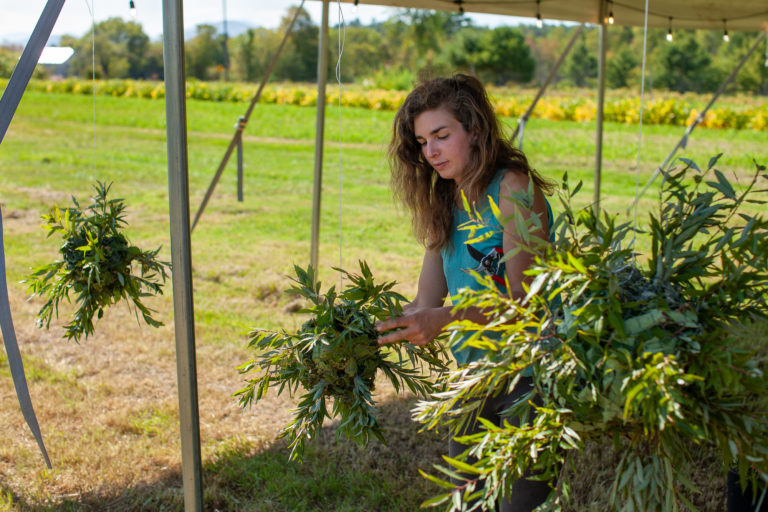
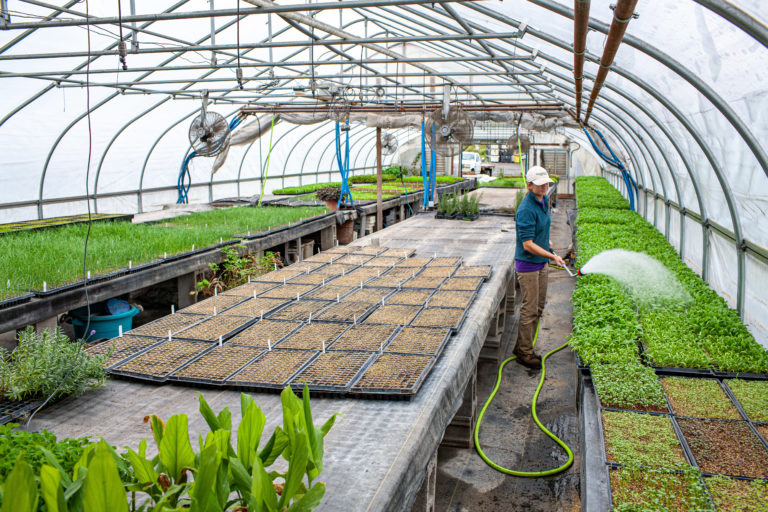
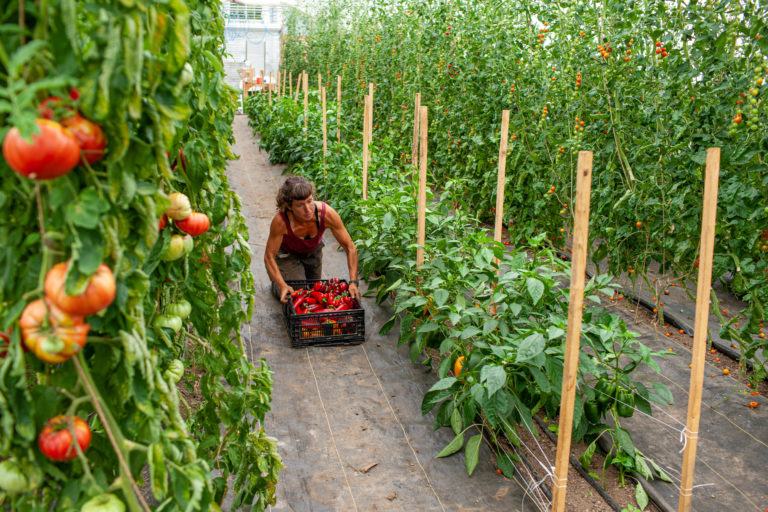

Photos provided by Ben Stechschulte in partnership with Essex Farm Institute, and the Regional Office of Sustainable Tourism.

